Advanced Neurology, Personalized Care
BOTOX
Botox: Causes, Symptoms, and Treatment
What is Botox?
Botox (botulinum toxin) is a neurotoxin that temporarily paralyzes muscle activity to treat a variety of neurological and medical conditions. While Botox is well-known for its use in cosmetic procedures, it is also highly effective in managing several neurological disorders and improving the quality of life for patients with conditions that cause muscle spasms, excessive sweating, or chronic pain.
At Mir Neurology, we specialize in using Botox to treat a wide range of neurological conditions, helping patients find relief from symptoms and improve their daily functioning.
Botox for Neurological Conditions
Botox injections can treat several conditions related to abnormal muscle movement and function. Here are some of the most common neurological conditions we treat with Botox at Mir Neurology
1. Chronic Migraines
Botox is an FDA-approved treatment for chronic migraines (defined as headaches occurring 15 or more days a month). Botox helps by blocking the release of pain-causing chemicals and reducing headache frequency and intensity.
2. Cervical Dystonia (Spasmodic Torticollis)
Botox can be highly effective in treating cervical dystonia, a condition that causes neck muscles to contract uncontrollably, resulting in twisting, tilting, or pain in the neck. Botox injections temporarily relax these muscles, reducing spasms and improving mobility.

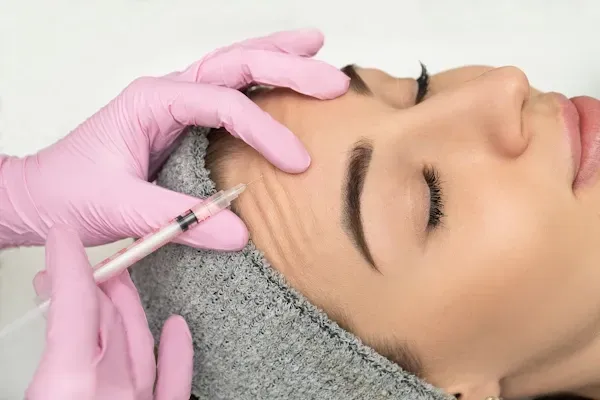
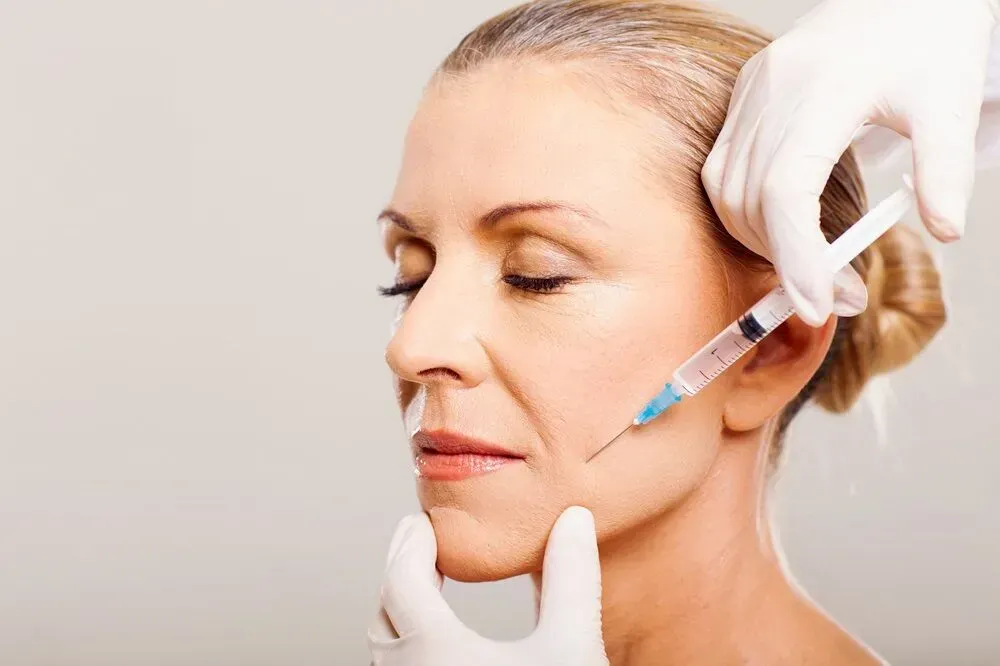
3. Muscle Spasms and Spasticity
Botox is often used to treat muscle spasticity, which can result from conditions like stroke, cerebral palsy, or multiple sclerosis. By injecting Botox into affected muscles, we can reduce spasms, improve muscle tone, and enhance movement.
4. Overactive Bladder
Botox is also used to treat an overactive bladder, a condition where the muscles in the bladder contract uncontrollably, causing frequent urination and incontinence. Botox injections can relax the bladder muscle, improving symptoms and quality of life.
5. Excessive Sweating (Hyperhidrosis)
For patients suffering from excessive sweating in areas like the underarms, hands, or feet, Botox can block the signals from the nerves that trigger sweat glands, significantly reducing perspiration in treated areas.
6. Eye Conditions (Strabismus and Blepharospasm)
Botox is used to treat strabismus (crossed eyes) and blepharospasm (involuntary eyelid twitching or blinking). Botox temporarily relaxes the muscles around the eyes, improving alignment and reducing involuntary movements.
How Botox Works
Botox works by temporarily blocking the release of acetylcholine, a neurotransmitter responsible for muscle contractions. By preventing muscles from contracting too much, Botox reduces symptoms associated with conditions like muscle spasms, spasticity, and migraines.
Treatment Process
Consultation: Your neurologist at Mir Neurology will evaluate your condition and discuss the potential benefits of Botox treatment for your specific needs.
Injection: Botox is injected into the targeted muscles or areas using a fine needle. The procedure is relatively quick, with minimal discomfort.
Results: Results from Botox typically begin to appear within 2-3 days and may last for 3-6 months depending on the condition being treated.
Follow-up: Regular follow-up appointments are scheduled to assess the effectiveness of treatment and determine when additional injections may be needed.
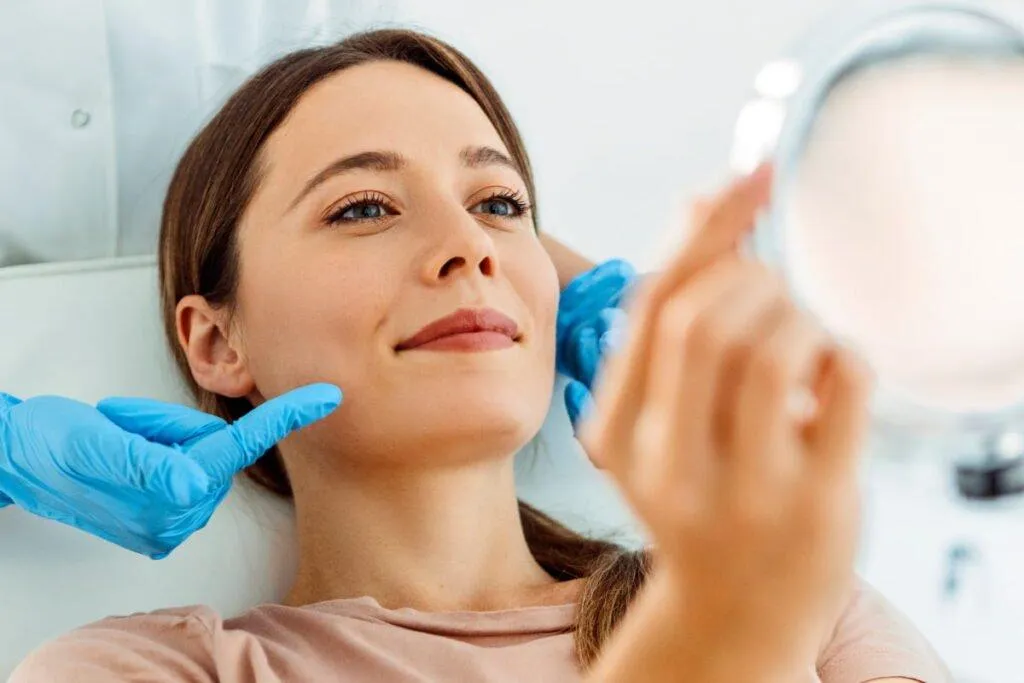
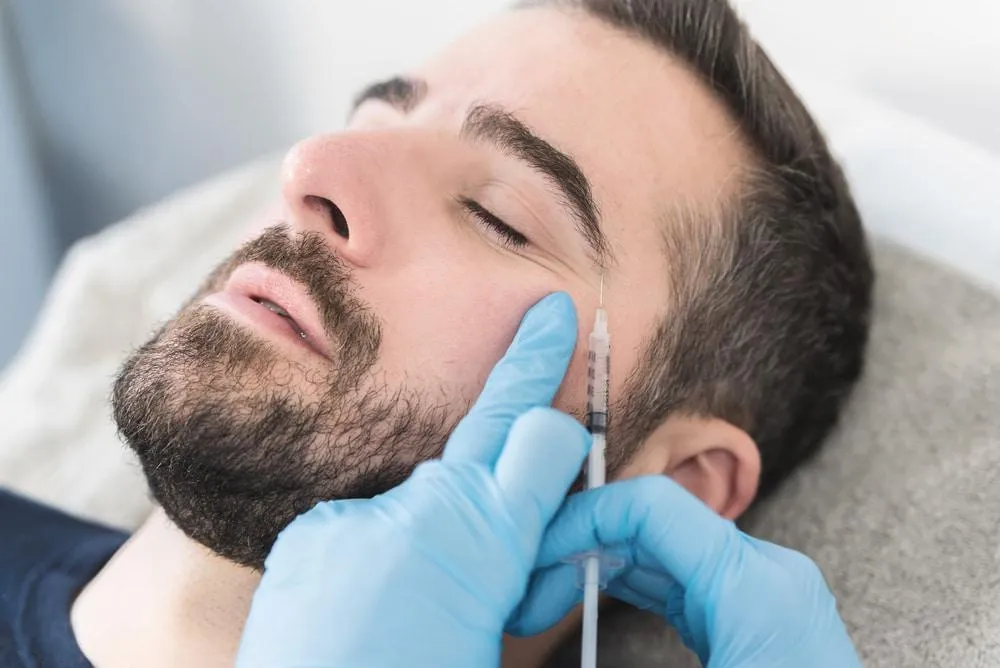
Benefits of Botox for Neurological Disorders
Effective muscle relaxation for spasms and spasticity
Improved quality of life by reducing pain, discomfort, and functional limitations
Reduced frequency and severity of migraines
Minimal downtime, with most patients returning to daily activities immediately after treatment
Non-surgical option for treating certain neurological conditions
Side Effects & Considerations
While Botox is generally well-tolerated, some patients may experience mild side effects, including
Localized pain or swelling at the injection site
Headache or temporary flu-like symptoms
Mild drooping of eyelids (rare, when treating eye conditions)
Neck weakness (for cervical dystonia treatment)
These side effects are typically temporary and resolve on their own after a few days. It’s important to discuss any concerns or medical history with your neurologist prior to receiving Botox treatment to ensure it is safe for you.
Botox Treatment at Mir Neurology in Hagerstown & Cumberland
If you suffer from chronic migraines, muscle spasms, or any other condition that may benefit from Botox, Mir Neurology is here to help. Our experienced specialists provide personalized Botox treatments to address your unique symptoms and improve your well-being.
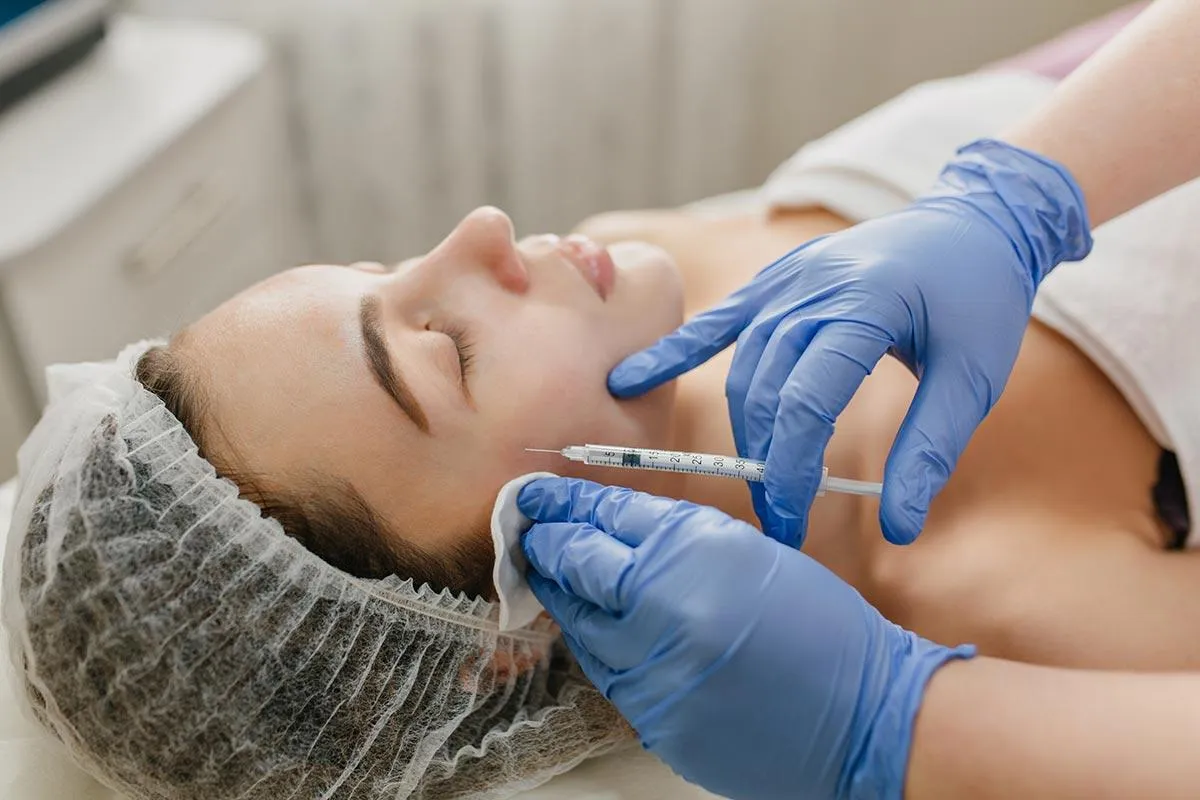
Get Expert Help

If you or a loved one is experiencing memory loss or cognitive decline, early diagnosis is key to effective management. Consult with our neurology specialists for personalized assessment and care plans.
Our Locations
To learn more about our experience or discuss your treatment options, please call us at (301) 797-7600 or schedule a consultation today!
Get our wellness newsletter
Filter out the noise and nurture your inbox with health and wellness advice that’s inclusive and rooted in medical expertise.
Useful Links
Contact Us
Complaint and Queries
(301) 517-7636
About | Careers
© Copyright 2025. Mir Neurology. All Rights Reserved.
A Part of Highland Healthy Living. Powered By CareSyncMarketing



